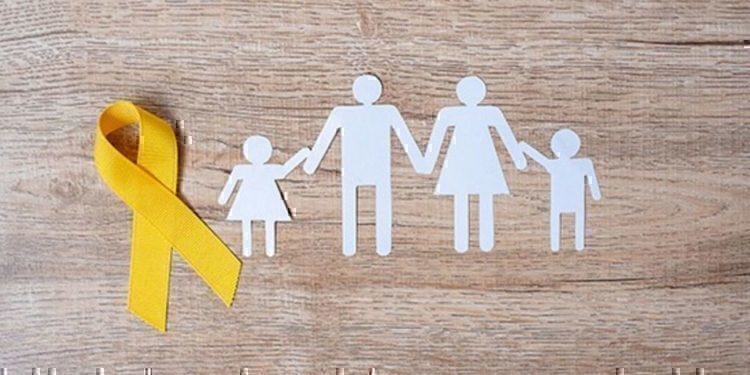From Militaryfamily.org
For years, NMFA has urged the Department of Defense to track military family member suicides. As the wars in Iraq and Afghanistan took their toll on families, our Association heard anecdotal evidence suggesting a spike in suicides; CNN even reported on it.
But anecdotes aren’t evidence. That’s why we pressed Congress for legislation requiring DoD to report on the issue. Congress passed this legislation in the FY2015 NDAA.
Today the Department of Defense released its first annual report detailing rates of suicide among military dependents. We were very disappointed to see DoD only reported data for 2017.
After 4 years, DoD has failed to deliver against the intent of that legislation. Our question remains unanswered: How did military family suicide rates change during the war years? What is the true cost of war?
This is particularly disappointing since back in 2014 the Defense Suicide Prevention Office identified a methodology t hat would allow them to track military dependent suicides back to 1983. This backdata is critical in better understanding how protracted wartime stress may have impacted families. We don’t have that information today.
Here’s what we know:
- In 2017, 186 military family members died by suicide.
- Military family suicide rates are equivalent to or below the civilian national average when adjusting for age and race.
- Firearms were the primary method for suicide death among military spouses and dependents.
But here’s what we also know: Even one life lost is too many.
DoD says it’s committed to making sure families know the importance of safe firearm and medication storage. They’re also and enhancing education on mental wellness and risk factors for suicide.
But we all must help. Here are things you can do:
Ask and Listen
If you are worried someone might be suicidal, offer a safe space to talk. The Mayo Clinic says even talking about what they’re thinking and feeling may reduce the risk of acting on suicidal feelings.
Not sure what to say? Start here.
Identify Signs of Crisis
The DoD trains our service members on suicide prevention, and we now need to make sure we train our families, friends, and kids.
DSPO has collected links for suicide prevention programs across service branches here (bottom right of page) and created an infographic to help identify signs of crisis, although it’s geared to service members, not family members.
The National Suicide Prevention Hotline offers an online guide to helping someone here and Stanford Children’s offers a helpful guide for looking for signs of crisis in teens. The University of Michigan’s Mott Children’s Hospital offers more information for those concerned about younger children.
Know Your Resources
Military OneSource, TRICARE, Military Crisis Line (formerly the Veterans Crisis Line), and the Defense Suicide Prevention Office all offer access to mental health resources, including immediate intervention services.
Use your resources. Encourage others to do so.
Make Your Home Is a Safe Space
Store your firearms and medications properly. DoD’s data shows firearms are the primary method for suicide death, including among female military spouses. According to the American Association of Pediatrics, the risk of suicide is 4 to 10 times higher in homes with guns than in those without. Locked up all firearms and store ammunition separately.
Be smart. Be safe. Store your firearms and medications wisely.
NMFA has called on DoD to release this data for five years, and we will remain a strong advocate for transparency, information, and resources for the health and safety of our military families. It’s time for all of us to take action and #BeThere for each other.
One life lost is too many. Help us keep our military family safe.
–
The National Military Family Association is the leading nonprofit dedicated to serving the families who stand behind the uniform. Since 1969, NMFA has worked to strengthen and protect millions of families through its advocacy and programs. They provide spouse scholarships, camps for military kids, and retreats for families reconnecting after deployment and for the families of the wounded, ill, or injured. NMFA serves the families of the currently serving, veteran, retired, wounded or fallen members of the Army, Navy, Marine Corps, Air Force, Coast Guard, and Commissioned Corps of the USPHS and NOAA. To get involved or to learn more, visit www.MilitaryFamily.org.








